Between a screenplay and a film is the storyboard. The storyboard visually plans a narrative, acting as a guide in choreographing a scene. Legendary Japanese filmmaker Akira Kurosawa, however, uses a storyboard to craft not only what a scene will look like, but what it will feel like by hand-painting each shot as an individual work of art.
Before becoming a renowned director of 30 films over a 57-year long career, Kurosawa was an aspiring painter. Inspired by an elementary school teacher who encouraged artistic free will, Kurosawa began his short-lived career as an artist by putting a spotlight on the working class and engaging in political discussion through his paintings. However, when his brother Heigo introduced Kurosawa to film, he traded the canvas for the camera, thus birthing one of cinema’s greatest, most influential legends. Following the Japanese proverb, “If you chase two rabbits, you may not even catch one,” Kurosawa burnt all his paintings upon changing careers. Though he intended to never look back, the filmmaker found that drawing his films was the best way to communicate his vision to the cast and crew. After this realization, Kurosawa's storyboards grew more expressive with each film, eventually evolving to become artworks in their own right.
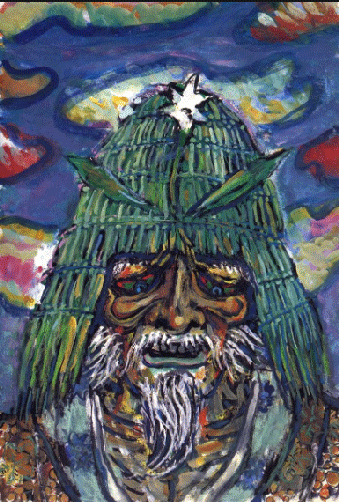
Hints of the cinematic painting that he would come to master are among his earlier works such as Rashamon (1950) and Seven Samurai (1954). Such films represent the director’s artistic ability to compose shots and play with light and shadow with a monochrome palette that would become fully realized with the introduction of colour. Largely due to Kurosawa’s painted storyboards, his later works, Kagemusha (1980), Ran (1985), and Dreams (1990), among others, are infused with painterly beauty. Influenced by both Japanese and Western culture, namely Van Gogh, Cézanne, and Chagall, Kurosawa, transcends the flat, practical planes of storyboards and lands among Expressionists.
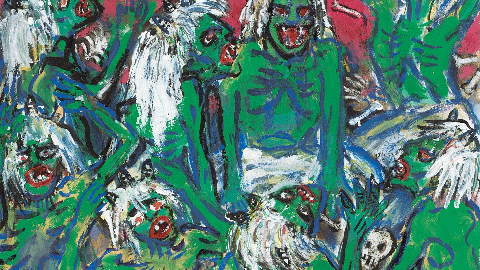
Kurosawa first began painting his storyboards with Kagemusha in order to persuade studios to finance the film, and continued to do so until his last movie. After writing the script for Ran, Kurosawa spent a decade painting over 800 storyboards for the film until production went underway. Each of his paintings evokes a strong sense of movement through Kurosawa’s free brushstrokes to make up for the storyboard’s static nature. Within the paintings, Kurosawa’s characters are one with the landscape, each an inseparable piece of the whole picture, and when removed would displace the shot’s visual harmony. Taken from the storyboards, his films similarly blend character and environment through the use of colour, framing, and composition that Kurosawa outlines in his storyboards. Kurosawa’s intense colour contrasts characteristic of his painted storyboards, though do not visually translate entirely to film, express the tone, and emotions crucial to each scene; still, his films never lack in colour.
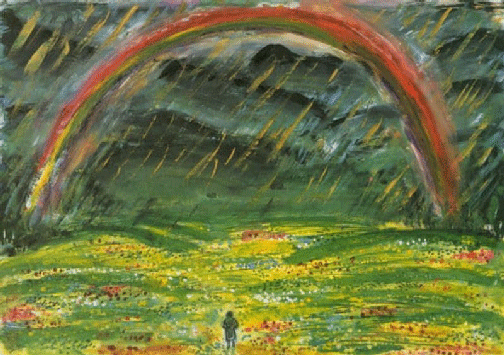
In his book On Filmmaking, director Alexander Mackendrick states his belief that film is not an art because creating art is a solitary act, yet film production almost always requires the work of numerous contributors. Kurosawa however, challenges this notion. Kurosawa’s art is created through painting his storyboards in which he wholly crafts every element of his films. The act of painting his storyboards grants Kurosawa the role of actor, cinematographer, costume designer, and so forth. Individually, Kurosawa creates the art that is his films, and though realized through the hard work and talent of his cast and crew, no part of a Kurosawa film goes untouched by his hand: “There are a multitude of things that I think of when I draw storyboards. The setting of the location, the psychology, and emotions of the characters, their movement, the camera angle needed to capture those movements, lighting conditions, costume, and props… I solidify, enrich, and capture the image of each scene in a film until I see it clearly. Only then do I proceed with the actual shooting.”
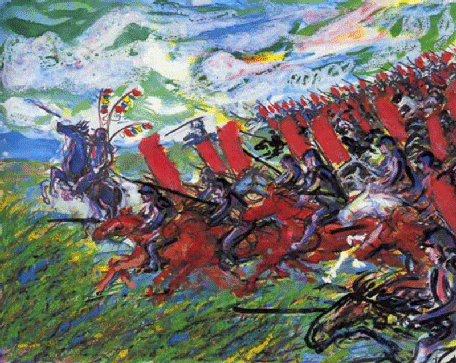
As a result, Kurosawa’s films play out like a painting in motion. A key element that separates film from other artforms is its control over time. While the viewer of a painting may choose to look at it for however long they like, the viewer of a film is restricted by its predetermined running time. Kurosawa’s slow-paced editing contrasts the quick shots and many cuts of most films, yet this technique allows for viewers to appreciate his films as if they were a painting. The static camera lingers on each shot, allowing the viewer's eye to move along the screen much like it would a canvas, and only cuts away once the viewer has had the time to absorb all of the many details Kurosawa has placed within it.
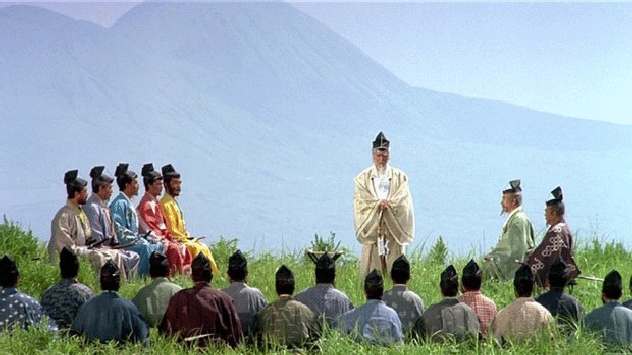
In being first a painter, then filmmaker, Kurosawa achieved a rare, painterly essence to his movies that blend the experience of viewing a painting and viewing a film. Through his painted storyboards, an entire scene can be played out merely by looking at a single painting, and the films themselves stand alone as unparalleled visual masterworks because of them.
